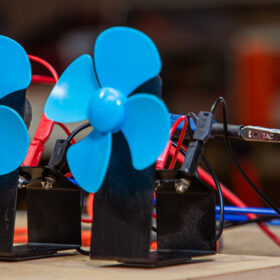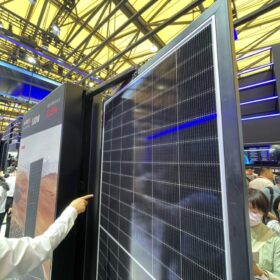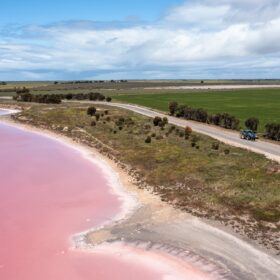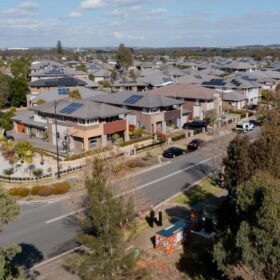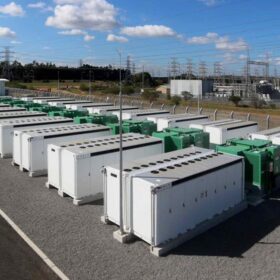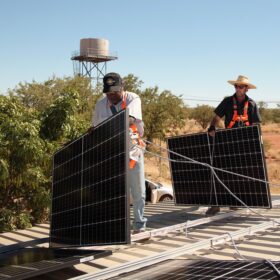Melbourne researchers target MW scale with proton battery technology
A team of engineers at Melbourne’s RMIT University have developed a rechargeable ‘proton battery’, claiming the technology has the potential, with further development, to store more energy than currently available lithium-ion batteries.
Top solar panel brands in performance, reliability, and quality
Solar modules are evaluated in the Renewable Energy Test Center annual PV Module Index.
To achieve net zero energy status, solar-powered buildings should not exceed 10 floors
Researchers in Canada have found that nearly zero-energy buildings (NZEBs) with on-site solar energy generation should not exceed an energy use intensity (EUI) of 50 kWh/m2a, which they said corresponds to a maximum of 10 floors. They also ascertained that the maximum permitted EUI by net-zero energy status is 17–28 kWh/m2a.
Queensland manufacturer launches 5.12 kWh battery for residential market
Australian battery technology company Vaulta has unveiled its first dedicated residential battery with the small-scale energy storage system purportedly able to operate for 4,000 cycles with an 80% depth of discharge.
Gold Hydrogen green lights drilling for natural hydrogen
Australian natural hydrogen explorer Gold Hydrogen plans to start drilling on South Australia’s Yorke Peninsula later this year after early testing at its maiden Ramsay project site detected the presence of naturally occurring hydrogen in soil samples.
Offshore floating PV demonstrator to go online in North Sea
The SeaVolt consortium says it will launch an offshore floating PV demonstrator off the Belgian port of Ostend. The main companies – Tractebel, DEME, Equans and Jan De Nul – say the anchored floating array will collect data for at least a year to scale up the tech.
NSW network operator puts community battery tech to test
A grid-connected community battery has gone live in Sydney’s western suburbs with New South Wales electricity distributor Endeavour Energy trialling the technology as a means to maximise the benefits of rooftop solar generation and more efficiently manage supply and demand in the network.
New grid-forming inverter concept based on bee colony algorithm
Scientists in China have proposed to use an algorithm that simulates the behaviour of foraging bees to shape a new grid-forming inverter design. The approach is designed for both grid-connected and islanded inverters.
Autonomous robots for solar installation gain traction
Installation robots are moving from test centres to the field. American technology companies Sarcos Technology and Robotics Corporation and Terabase Energy recently announced key business developments.
Transgrid banks on big batteries to resolve emerging network constraints
Transgrid, Australia’s major grid operator, plans to soon launch a competitive process to procure grid support services from third-party battery operators as it looks beyond traditional network infrastructure to help maintain the reliability of electricity supply in two growth regions in New South Wales.
